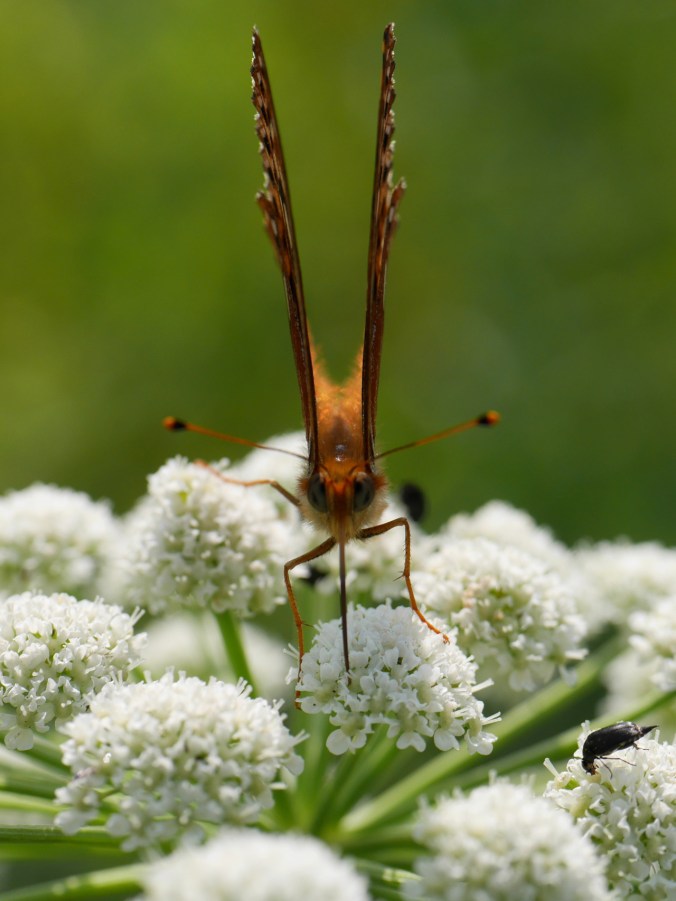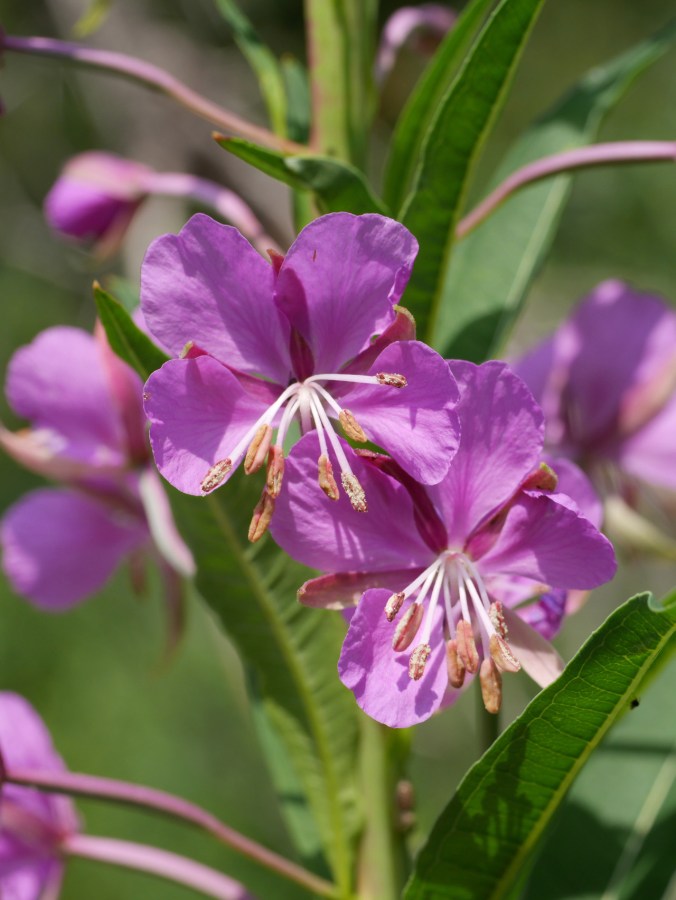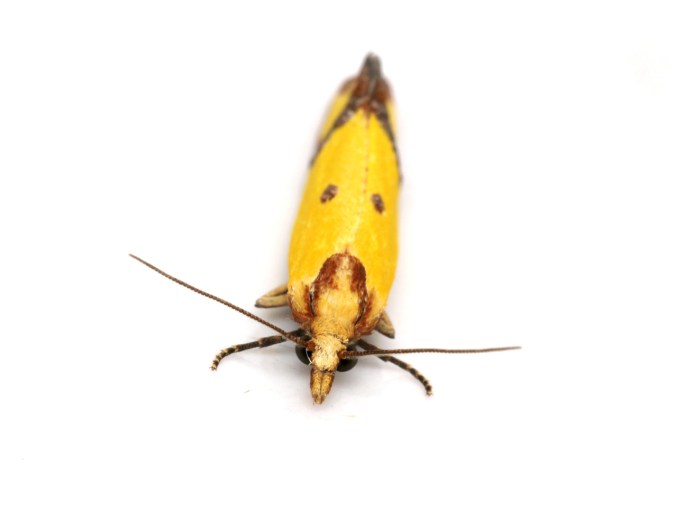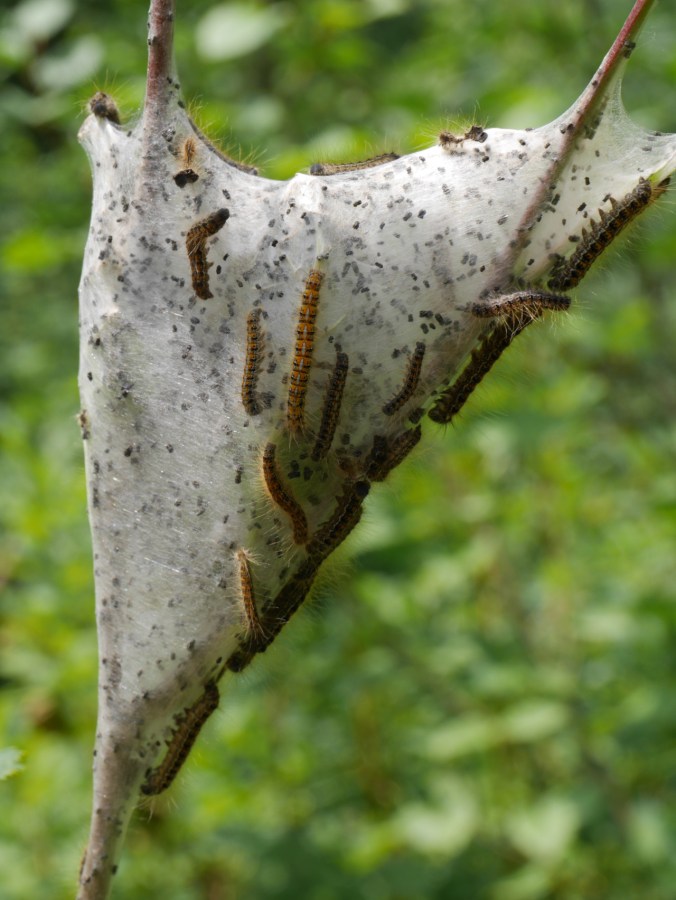
Anatis rathvoni “Rathvon’s Giant Lady Beetle” Coccinellidae
Great Burn, Lolo National Forest, MT
July 10, 2015
Robert Niese
These massive (10mm) ladybugs are endemic to the PNW and are normally found in pines and other conifers where they voraciously consume aphids, caterpillars, and other small, fleshy-bodied herbivores. Their elytra vary in color from yellow, pale brown, to brown-red, darkening with age. Rathvon’s Giant Ladybird Beetles are named for a relatively obscure 19th century entomologist, S. S. Rathvon from Pennsylvania, who was one of North America’s first entomologists dedicated to educating the public about their local beneficial and pest-insects. Learn more about his life here.









